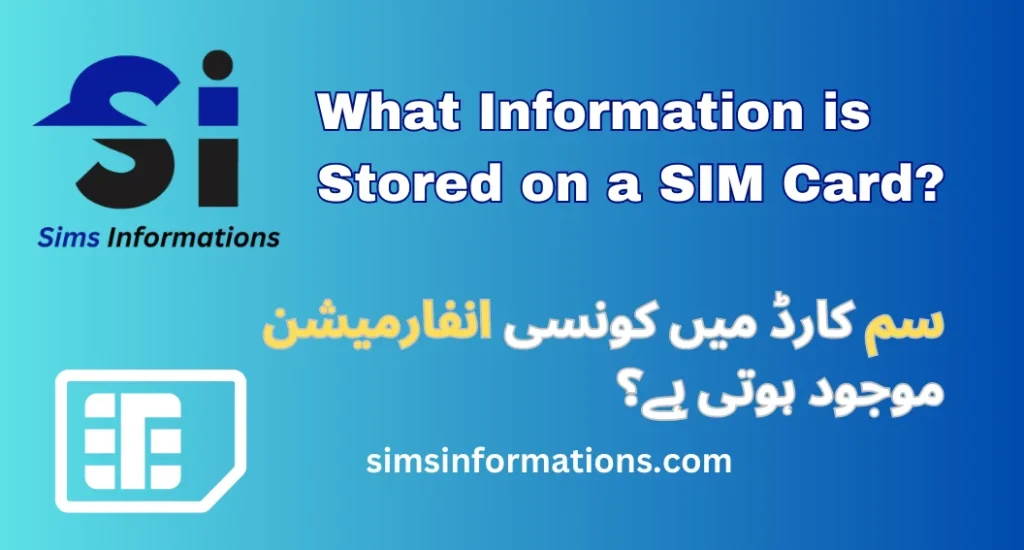What Information is Stored on a SIM Card?
A SIM card is a small chip that enables your phone to connect to a mobile network. Without it, you wouldn’t be able to make calls, send texts, or use mobile data. But have you ever wondered what information is stored on a SIM card? Let’s explore the key functions of a SIM card and why it is so important.

1. IMSI – Your Phone’s Identity
Each SIM card has a special number called an IMSI, which stands for International Mobile Subscriber Identity. This number is like your phone’s ID, and it helps the mobile network know who you are. When you put a SIM card into your phone, it tells the network, “Hey, this is me!” and then the network lets you make calls, send texts, and use mobile data.
Without the IMSI, your phone wouldn’t be able to connect to the network at all.
2. Authentication Key (Ki) – Your Phone’s Password
A SIM card also has something called an Authentication Key (Ki), which works like a secret password between your phone and the mobile network. Every time you try to use the phone, the Ki makes sure it’s you using the phone and not someone else trying to steal your network access.
This is a way the network keeps your data safe and ensures that nobody else can pretend to be you.
3. Your Phone Number
While your phone number isn’t directly saved on the SIM card, the SIM is connected to your number through the mobile network. That’s why when you switch your SIM card to another phone, your phone number moves with it. The mobile network uses the SIM card to make sure the right phone number is attached to your phone.
4. Text Messages
A SIM card can store a small number of text messages (SMS), though not many. Nowadays, most phones save text messages in the phone’s memory, but older or simpler phones might store some messages on the SIM card itself. This is useful if you switch phones and want to keep a few of your old messages with you.
5. Contacts
In the past, SIM cards were used to store basic contacts like names and phone numbers. However, the space on a SIM card is pretty small, so it could only save a limited number of contacts. Today, most people store their contacts in the phone’s memory or on cloud services like Google or iCloud, allowing for much more space and information, such as email addresses.
6. Mobile Network Codes
SIM cards also store special codes that help your phone connect to the right network. These are called the Mobile Country Code (MCC) and Mobile Network Code (MNC). These codes let your phone know which country and which mobile company (like Jazz, Zong, or Telenor) it should connect to.
For example, if you travel to another country, your SIM card uses these codes to connect to a local mobile network, but it still links back to your home network for things like billing.
7. Service Information
SIM cards also store information about your mobile services, such as whether you can use 4G or 5G data. It also has details about extra services you may have, like voicemail or picture messaging (MMS). This makes sure all the services you pay for are available to you when you’re connected to the network.
8. Mobile Internet Settings
Your SIM card holds settings for mobile internet, which your phone uses to connect to the web through your mobile network. These settings, like the APN (Access Point Name), make sure you can browse the internet, watch videos, or use apps that need data when you’re not connected to Wi-Fi.
Conclusion
Even though SIM cards are tiny, they carry a lot of important information that keeps your phone working properly. They store your unique identity (IMSI), help the network know it’s you (Ki), and allow your phone to connect to the right mobile network. They also store basic things like text messages, contacts, and mobile internet settings.
At SIMsinformations.com, we explain everything you need to know about SIM cards, mobile numbers, and other services related to your phone. Whether you’re looking for details about a SIM card or want to track a number, we’ve got you covered.
